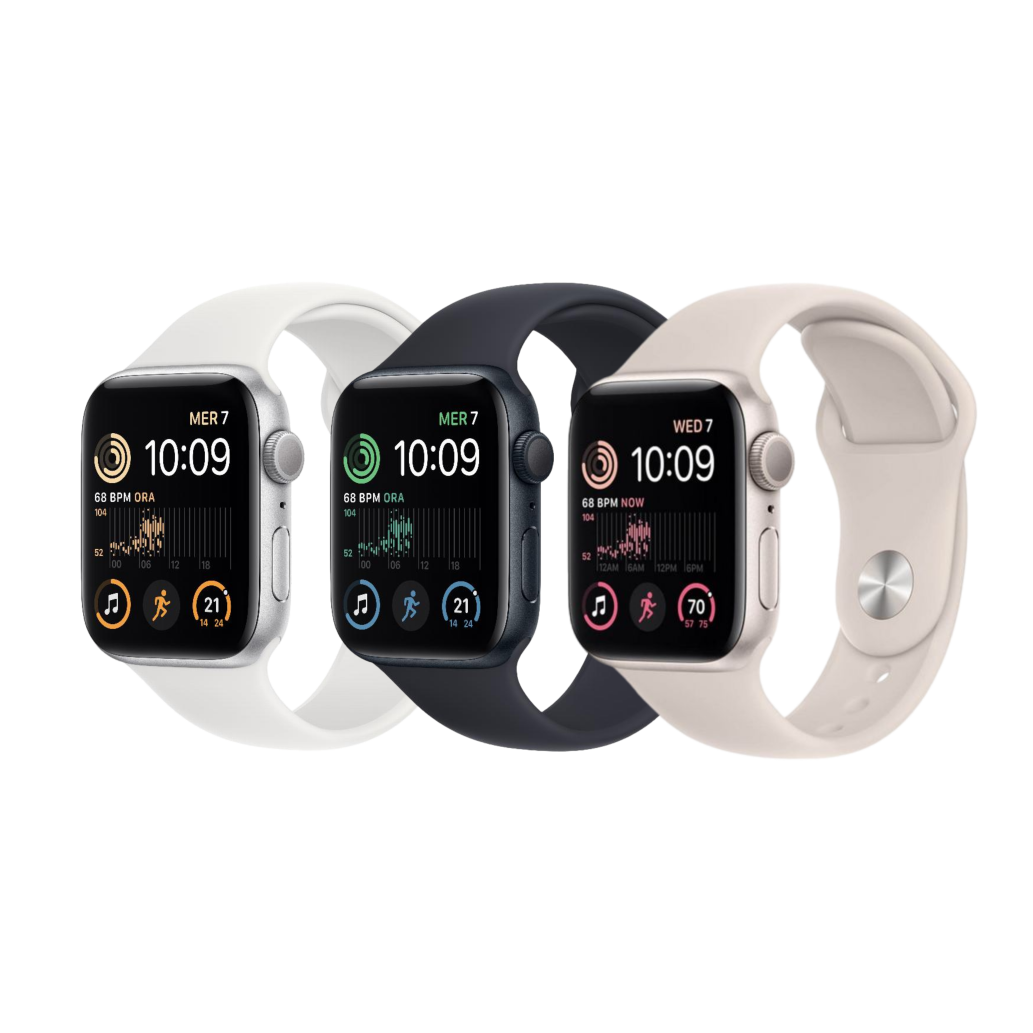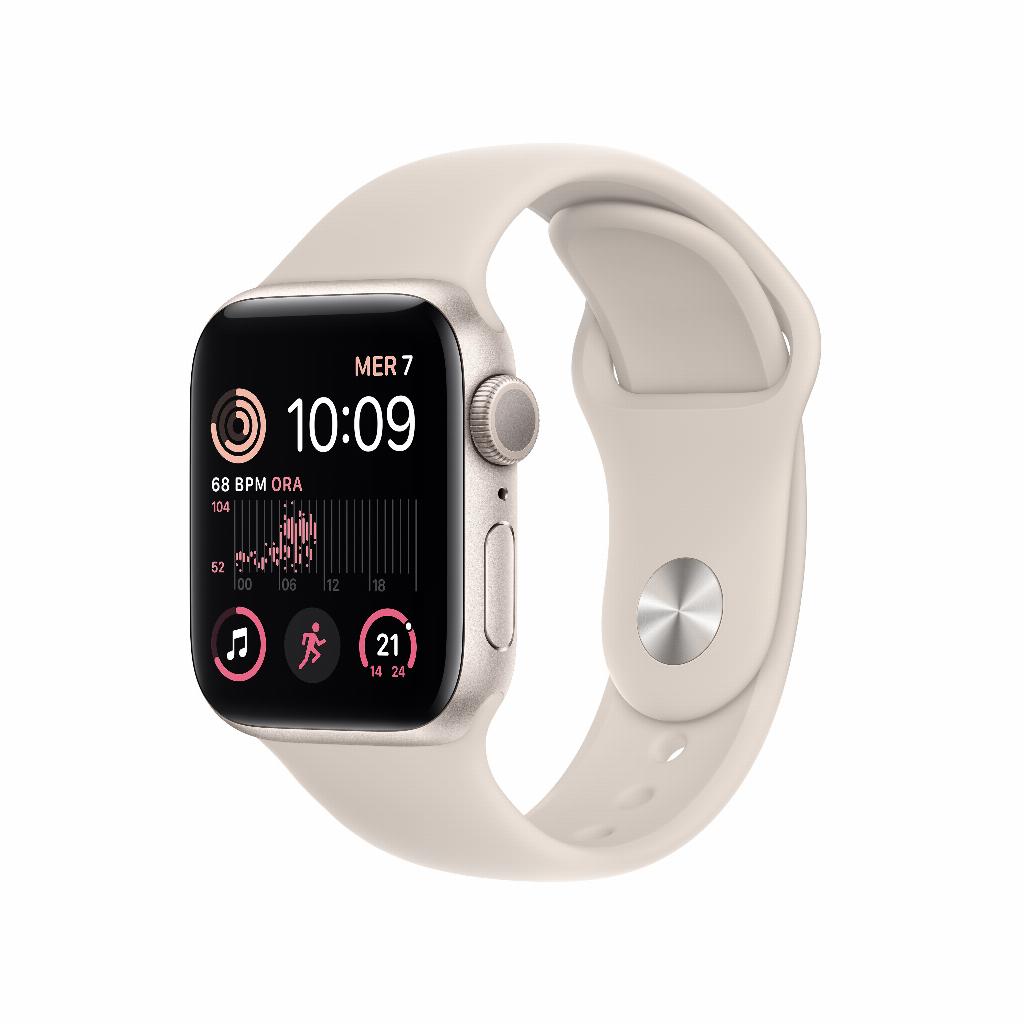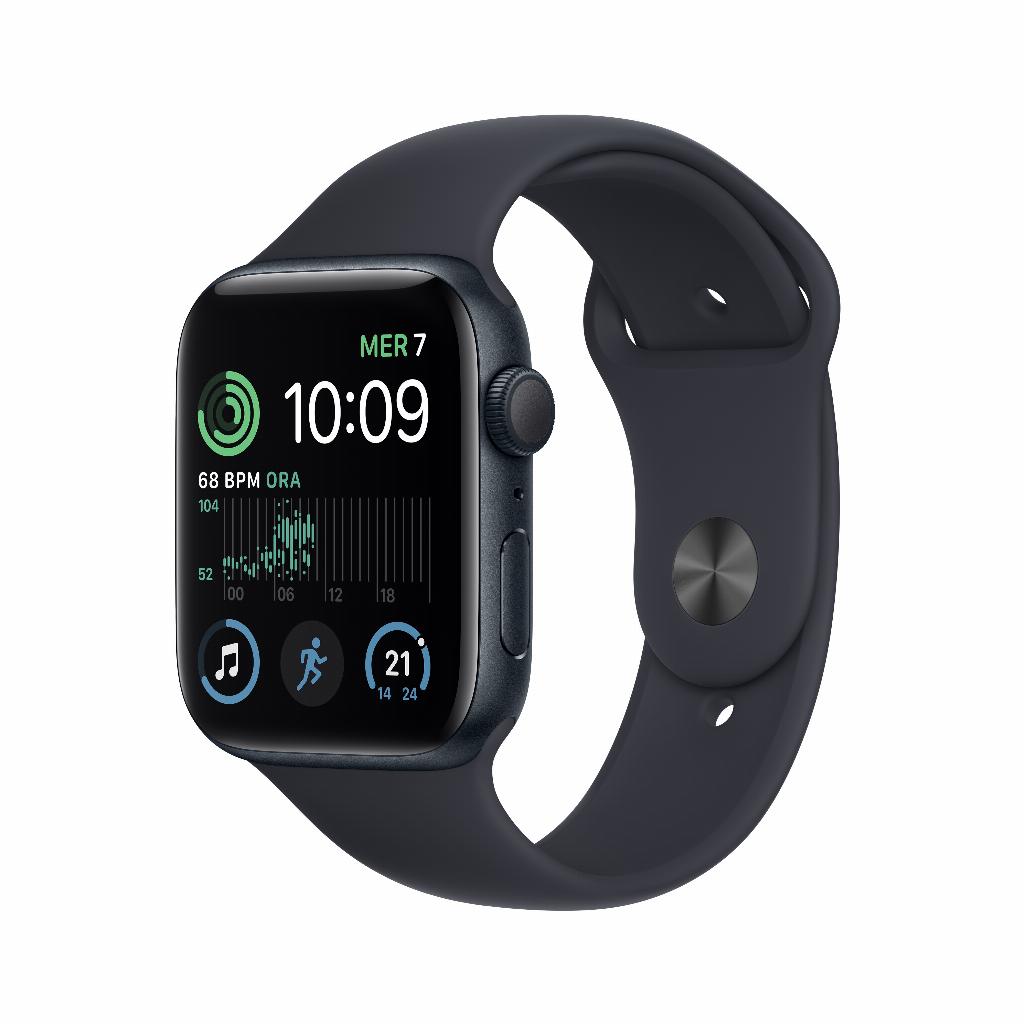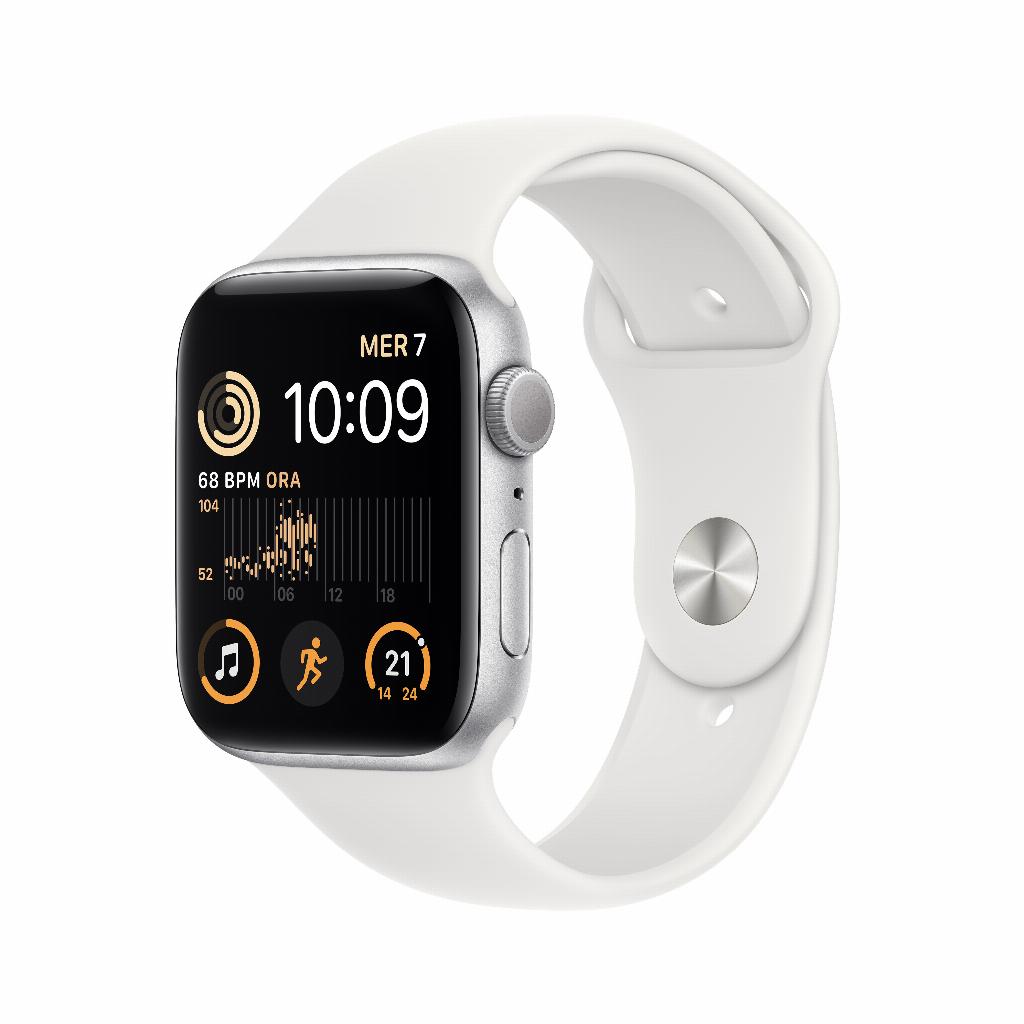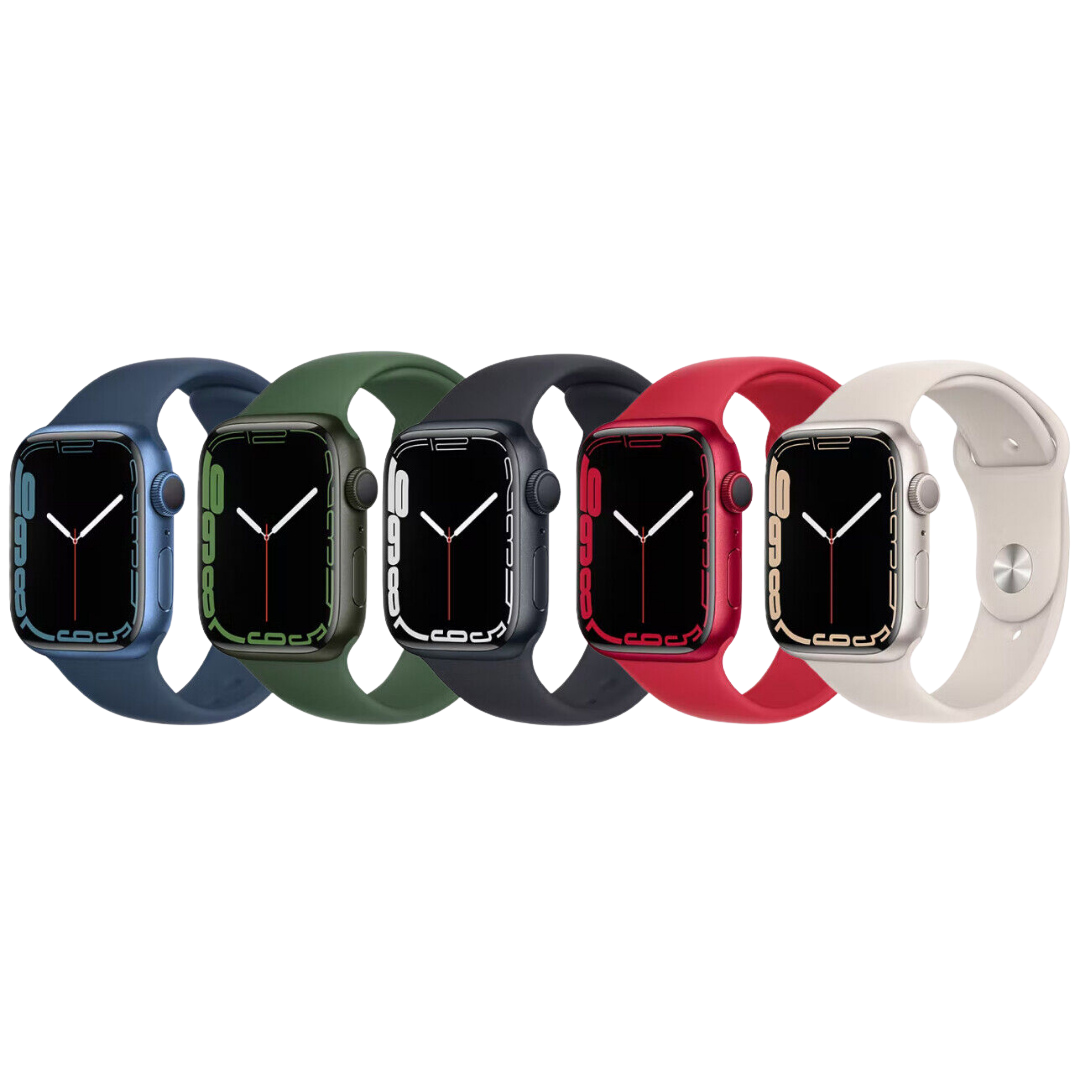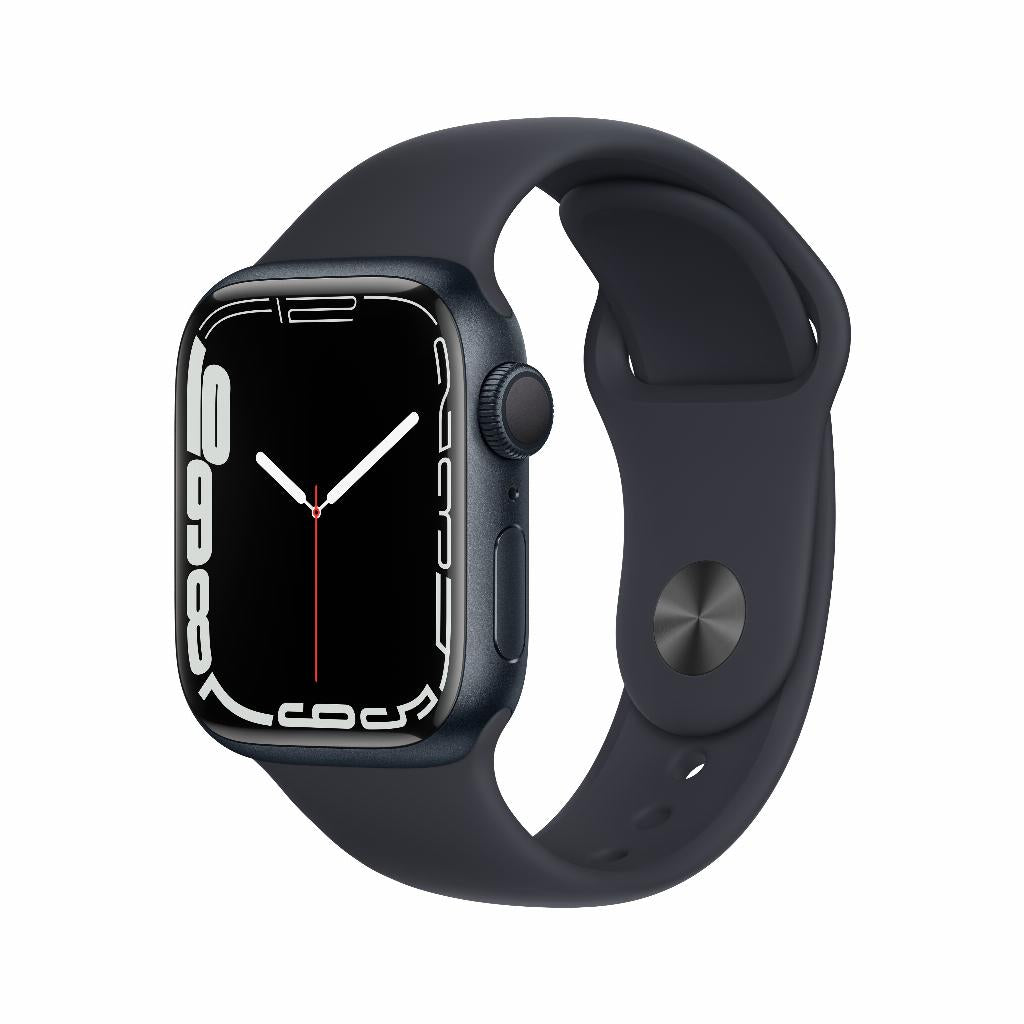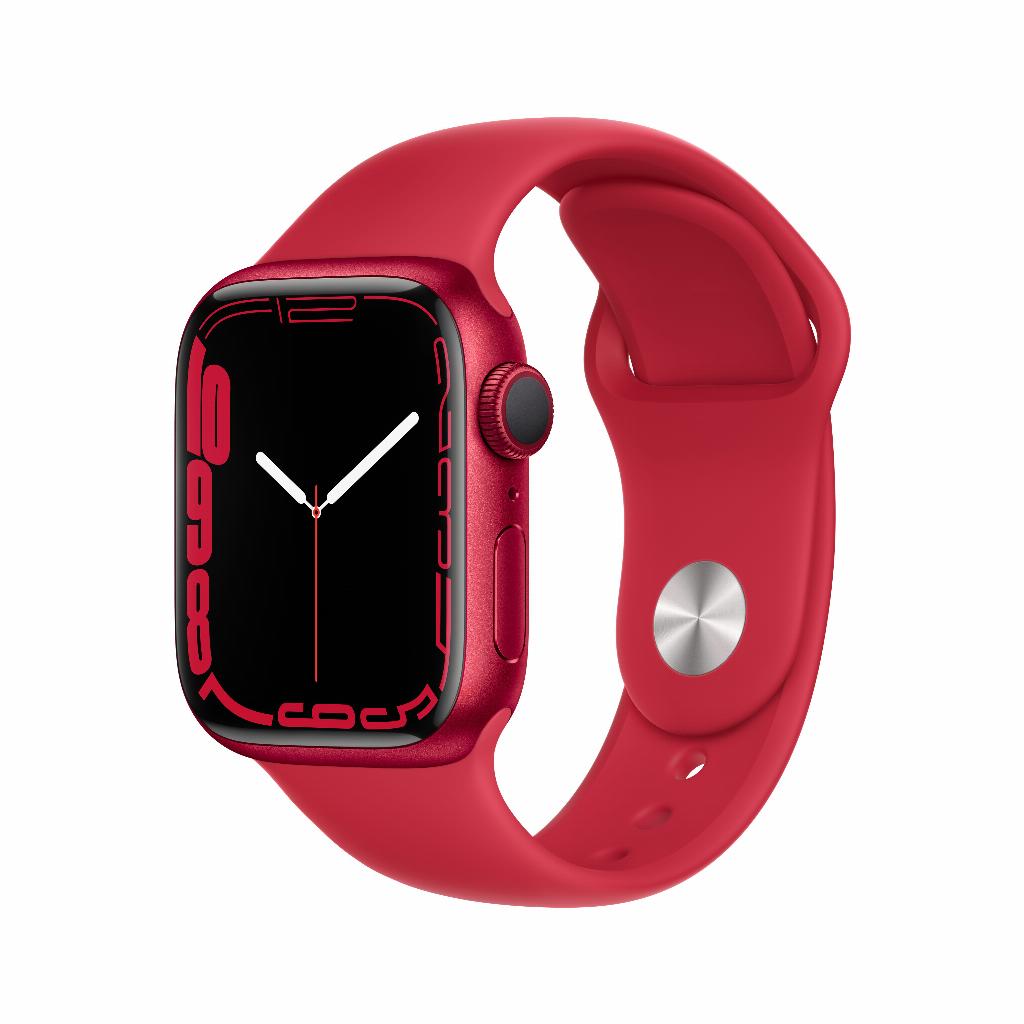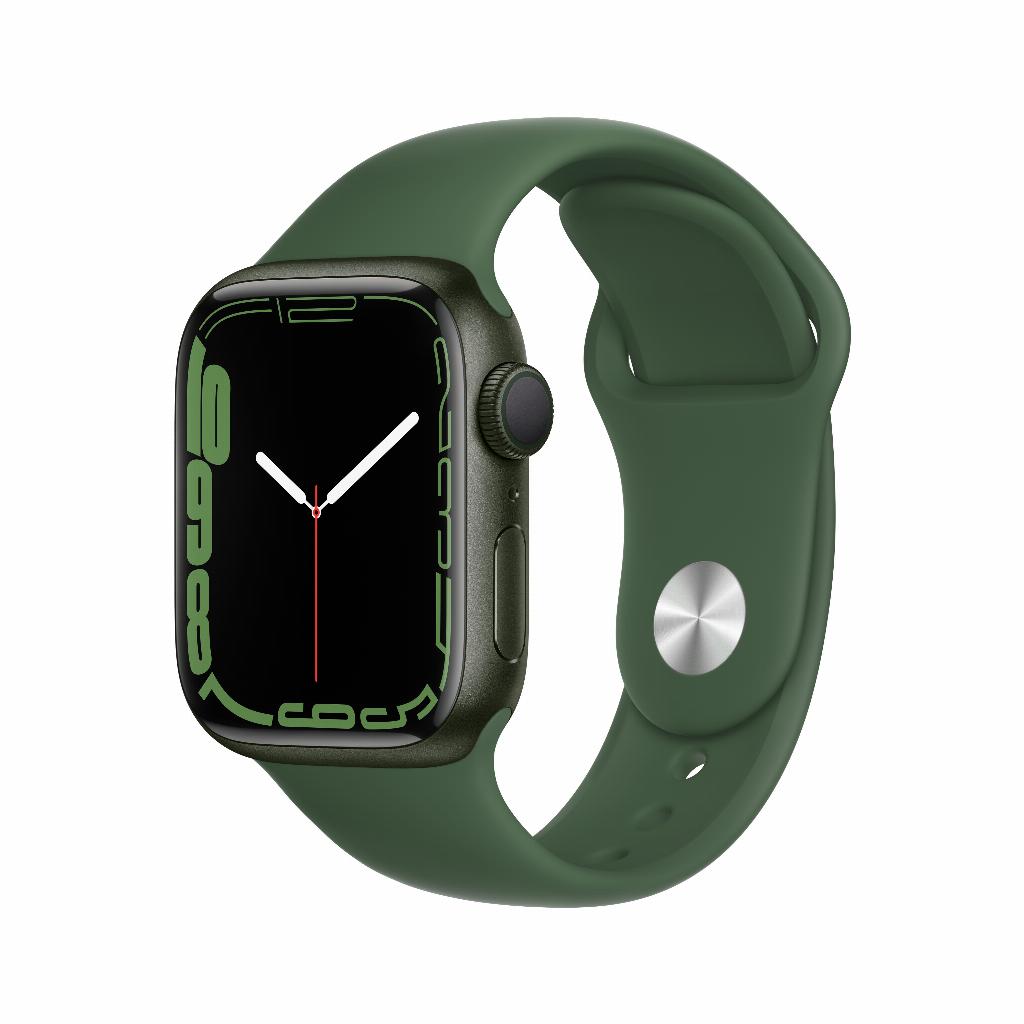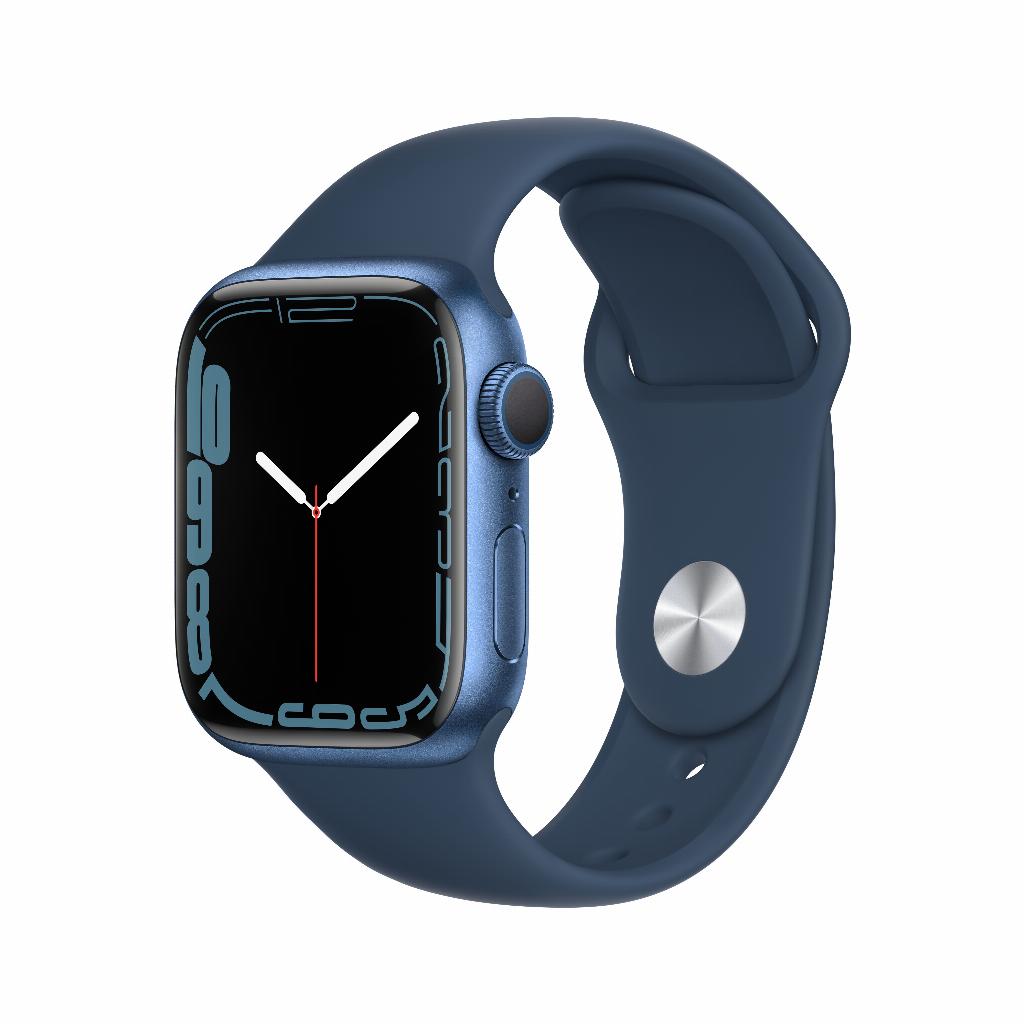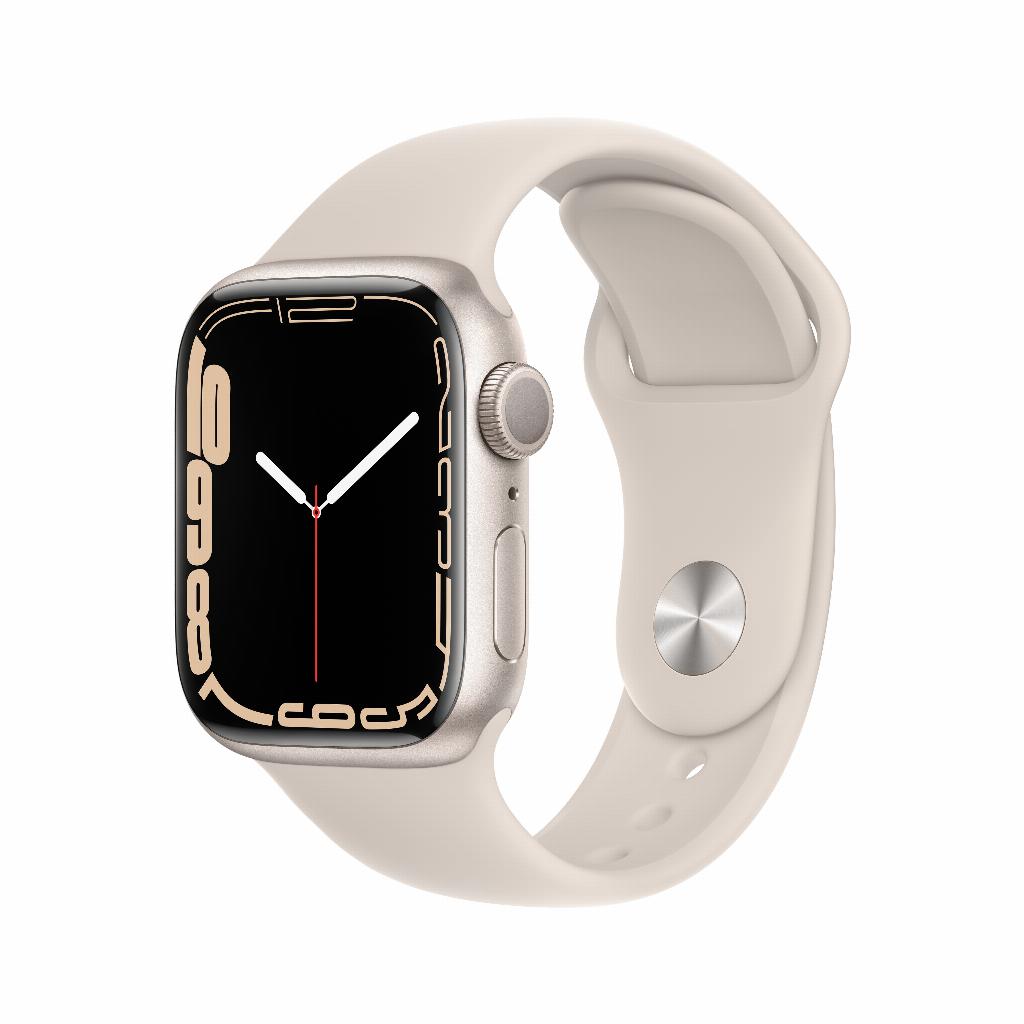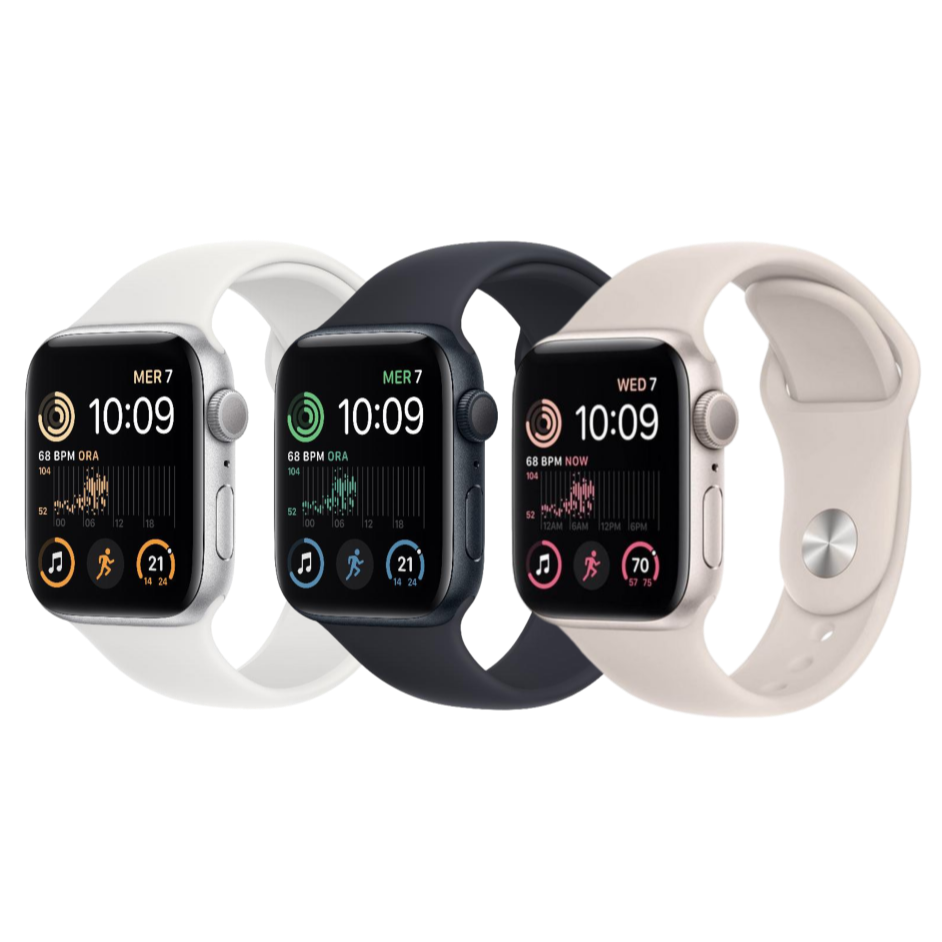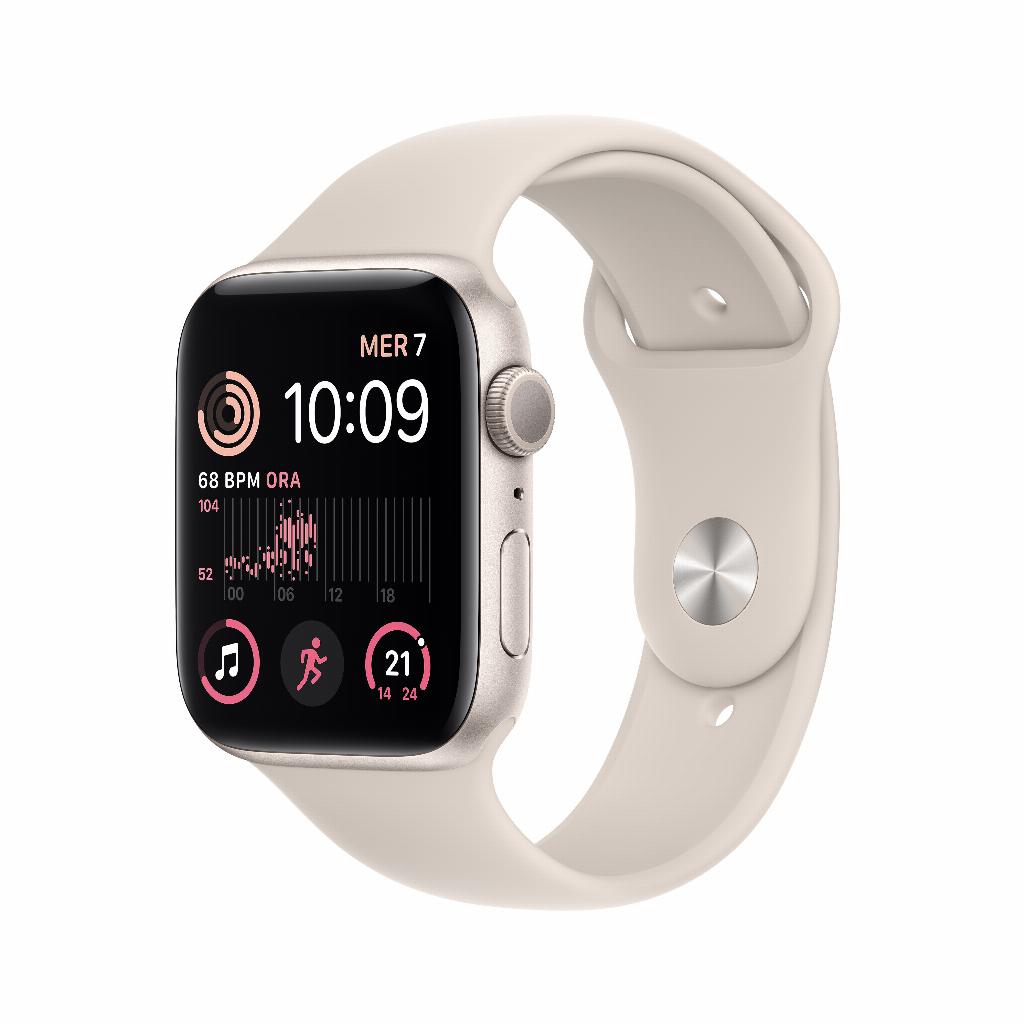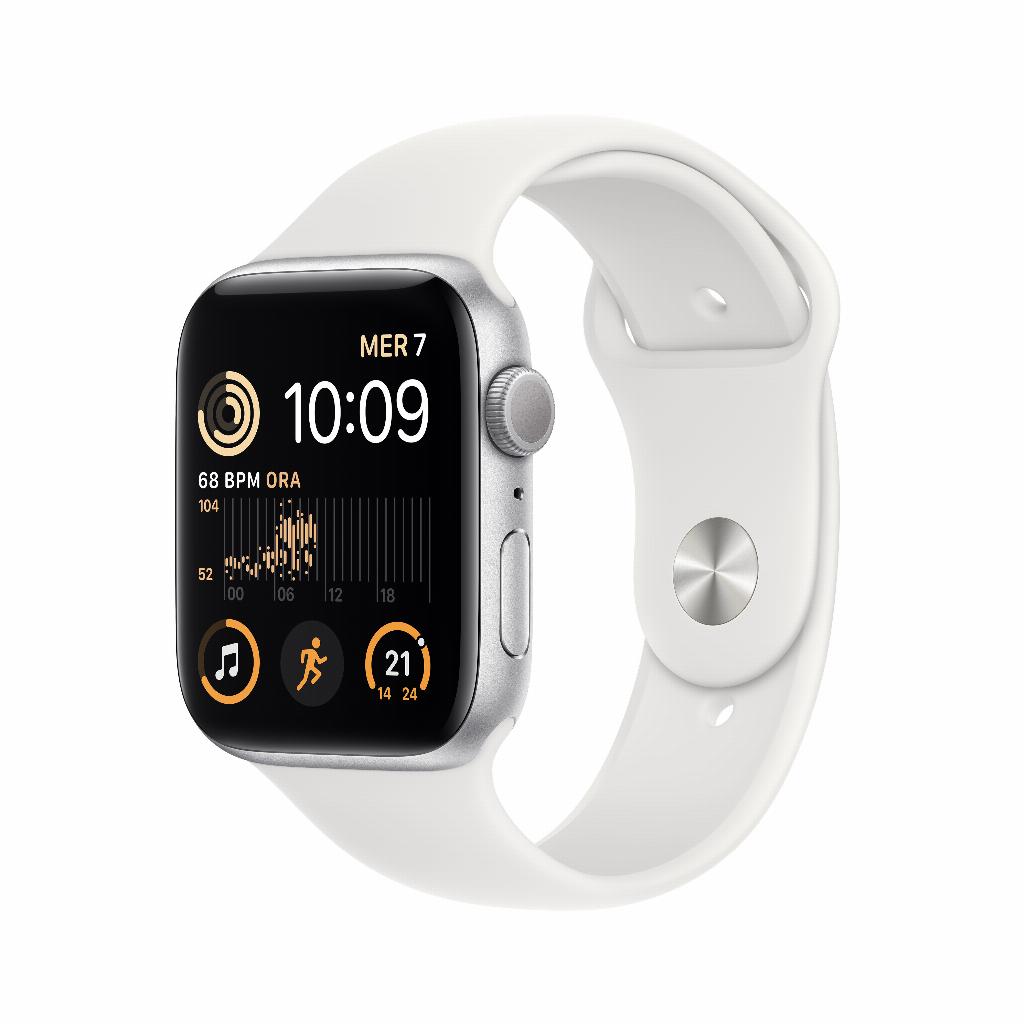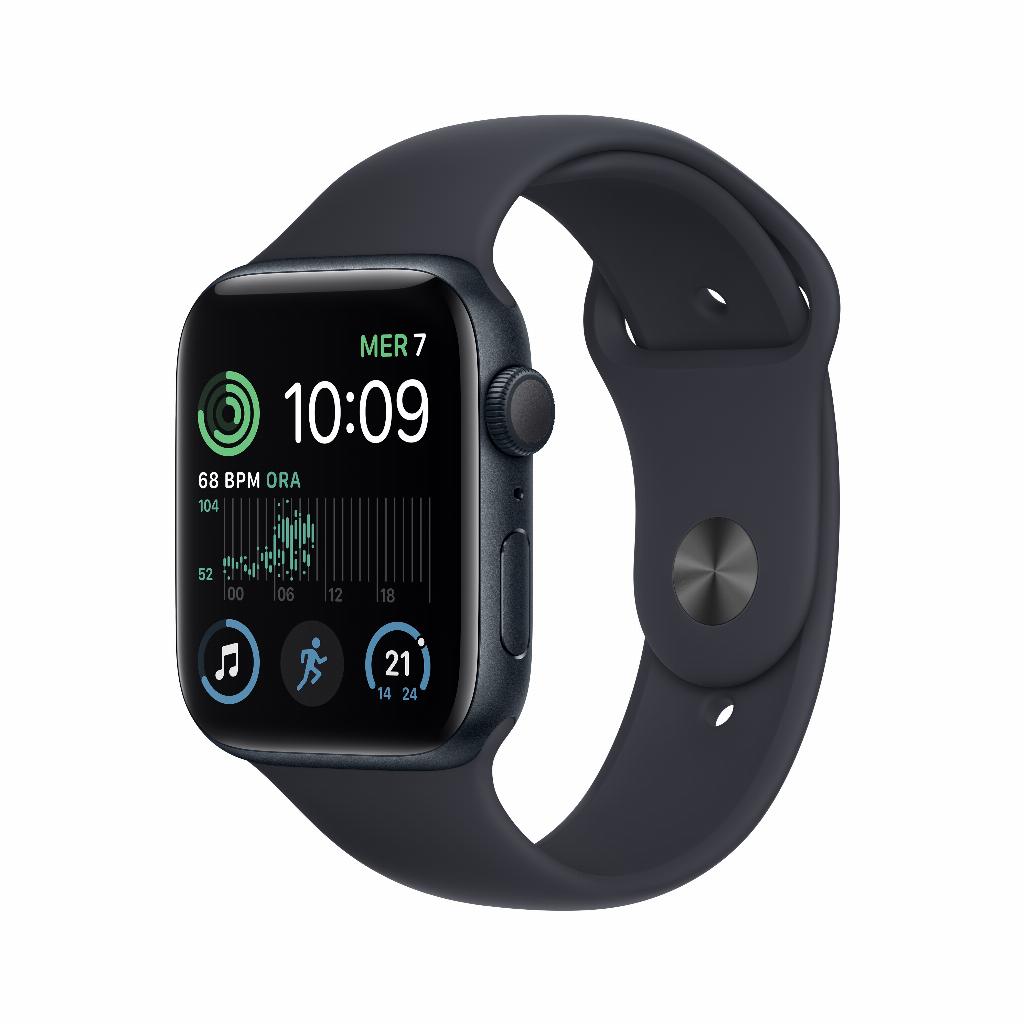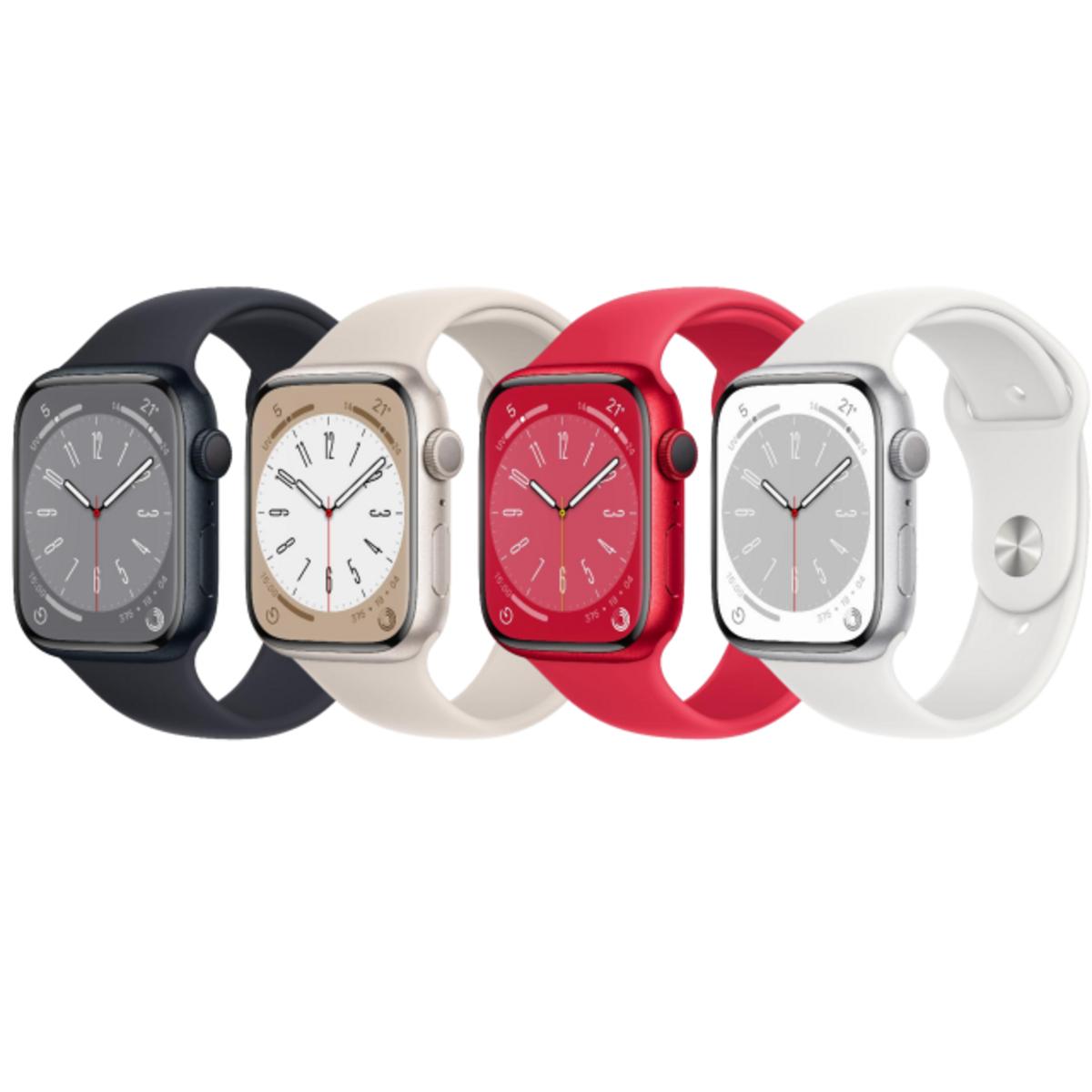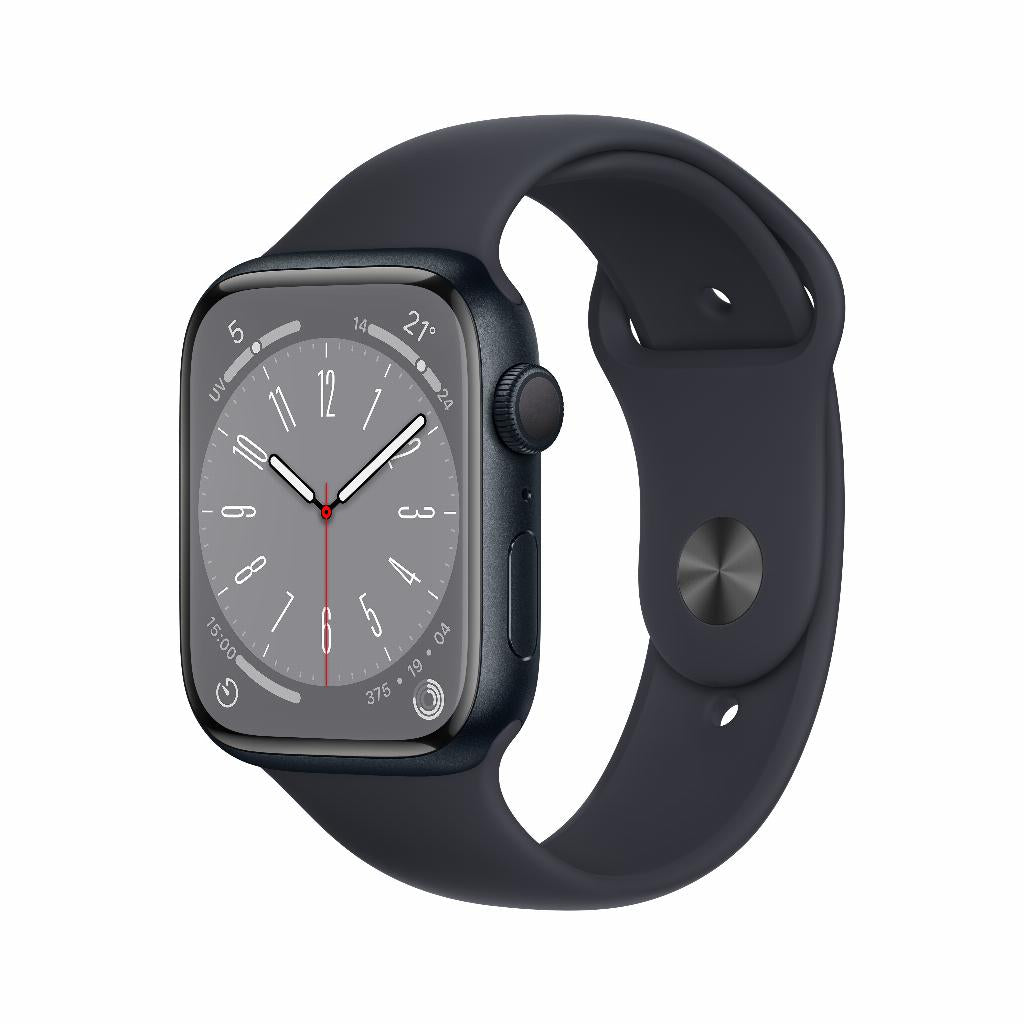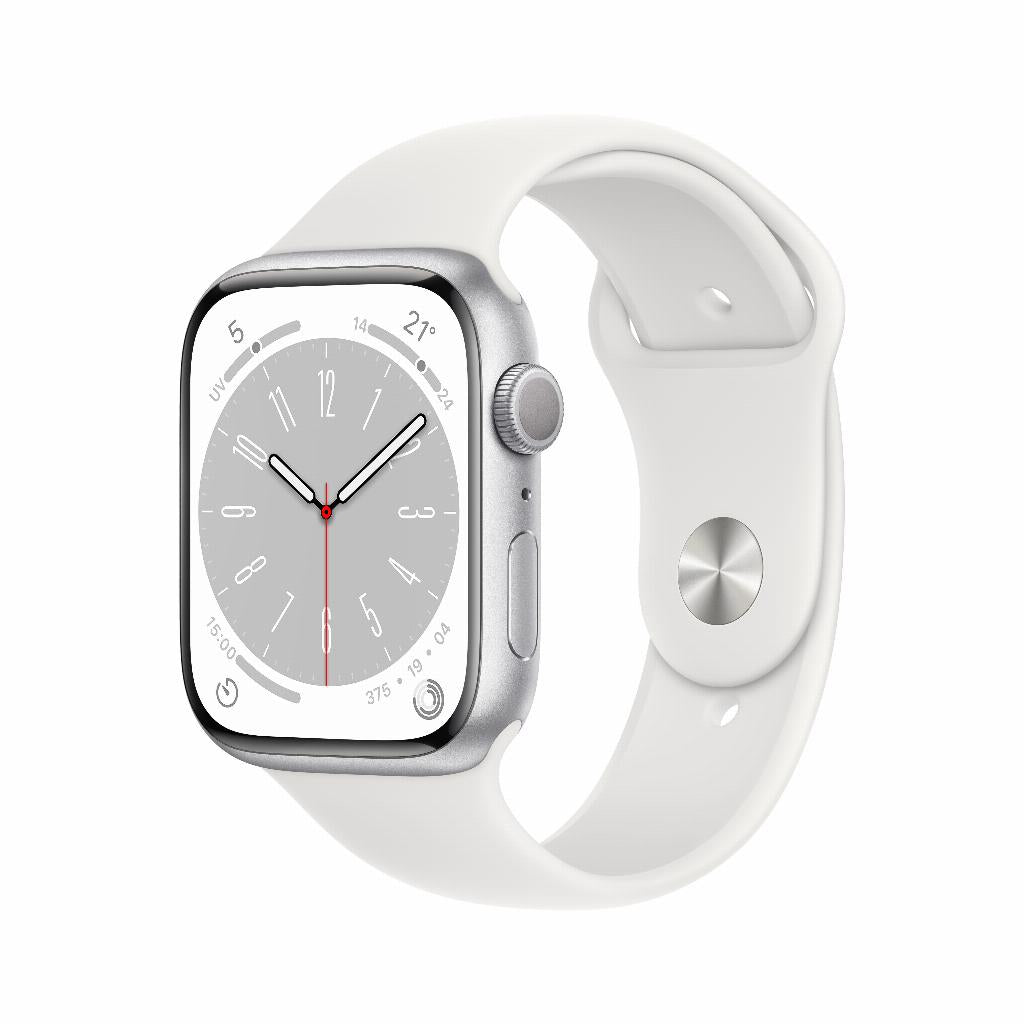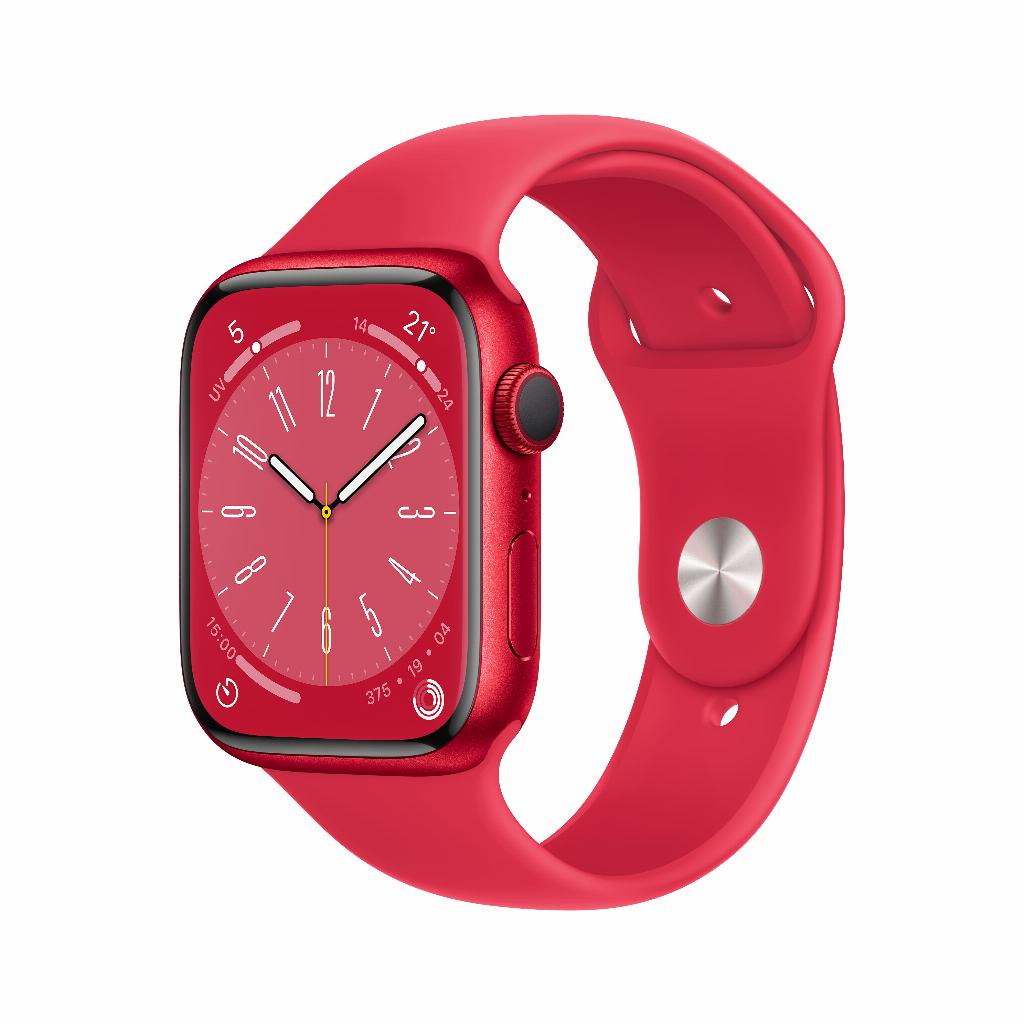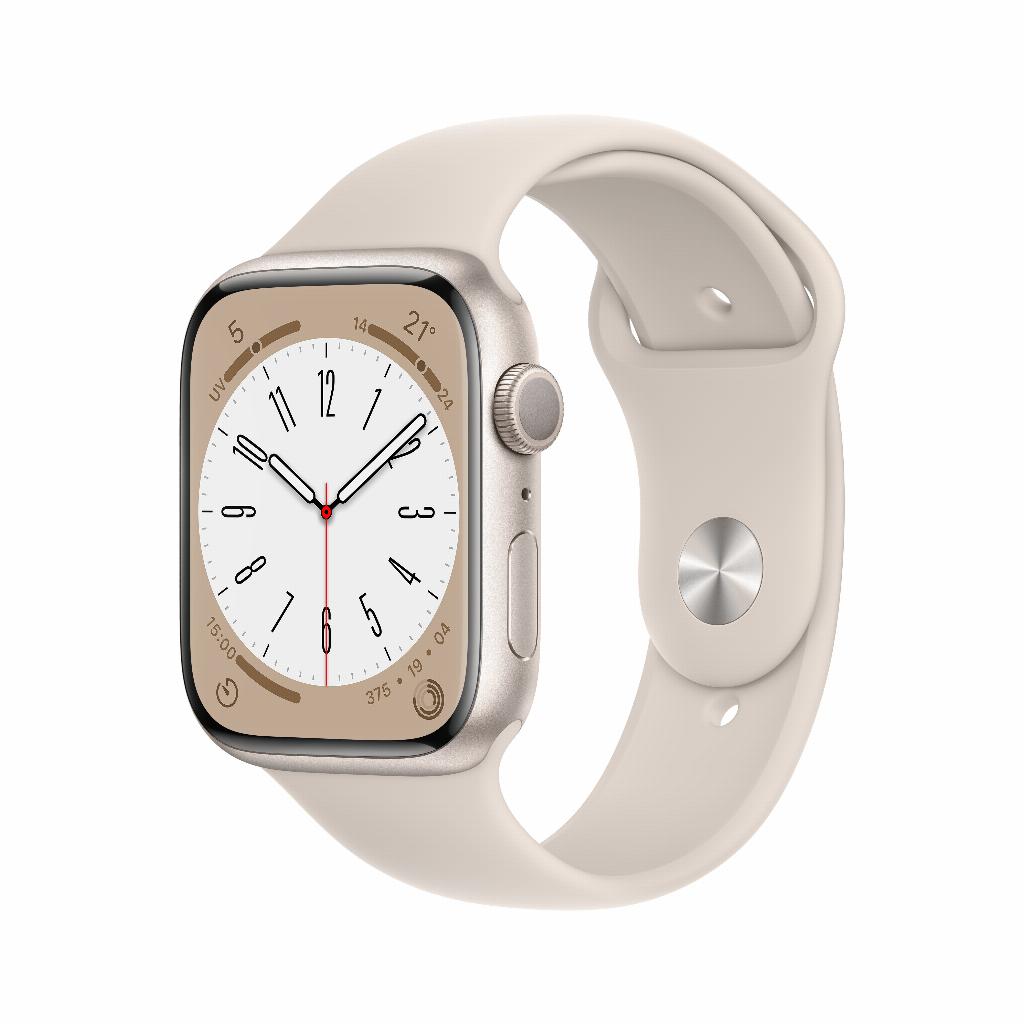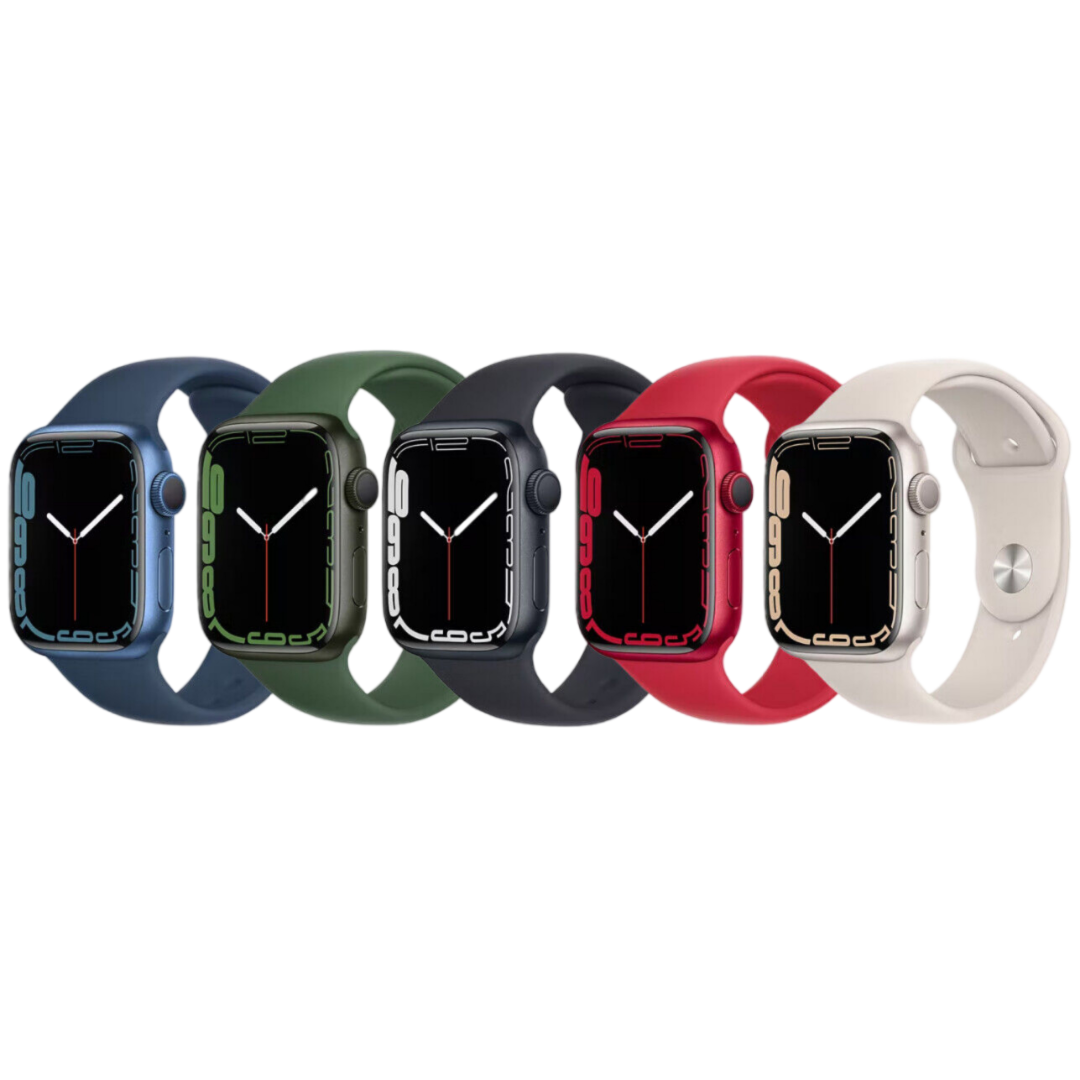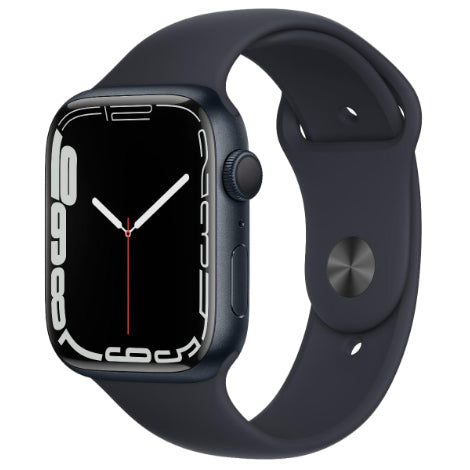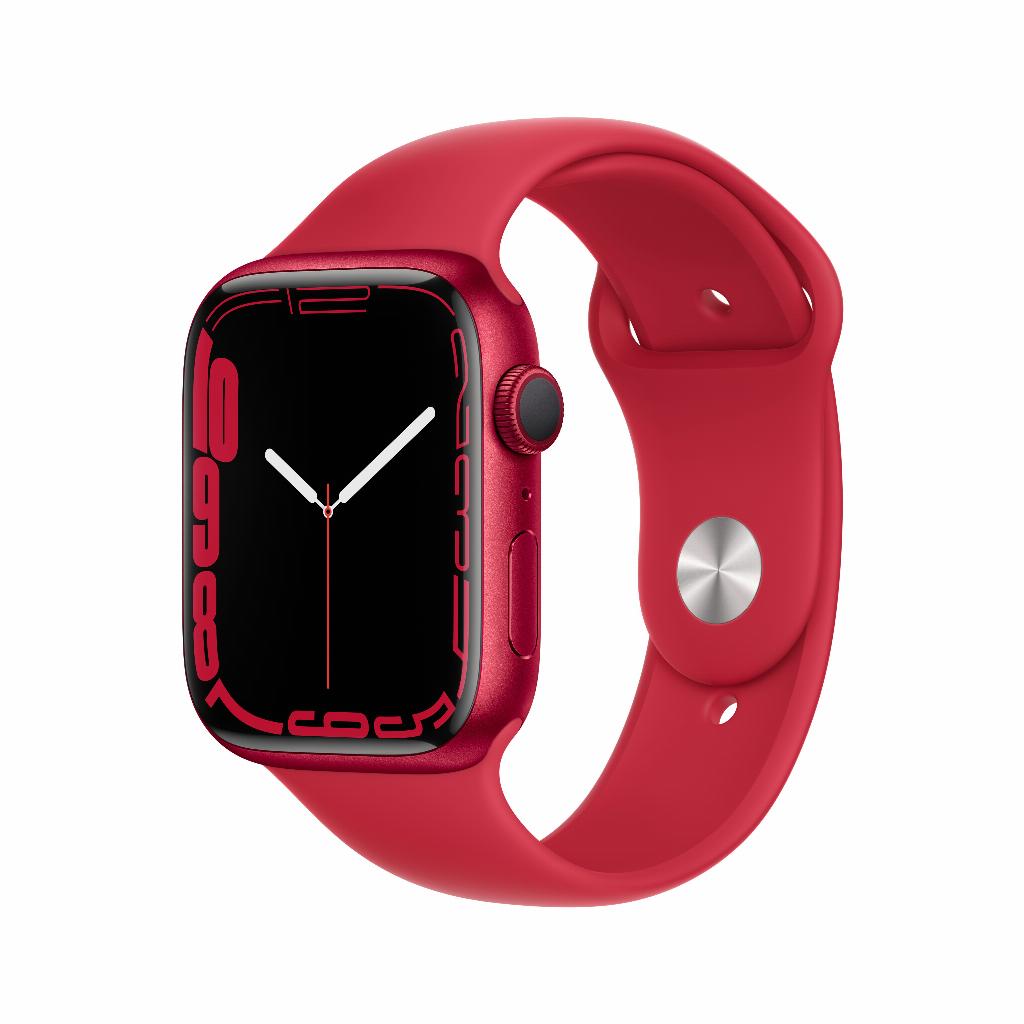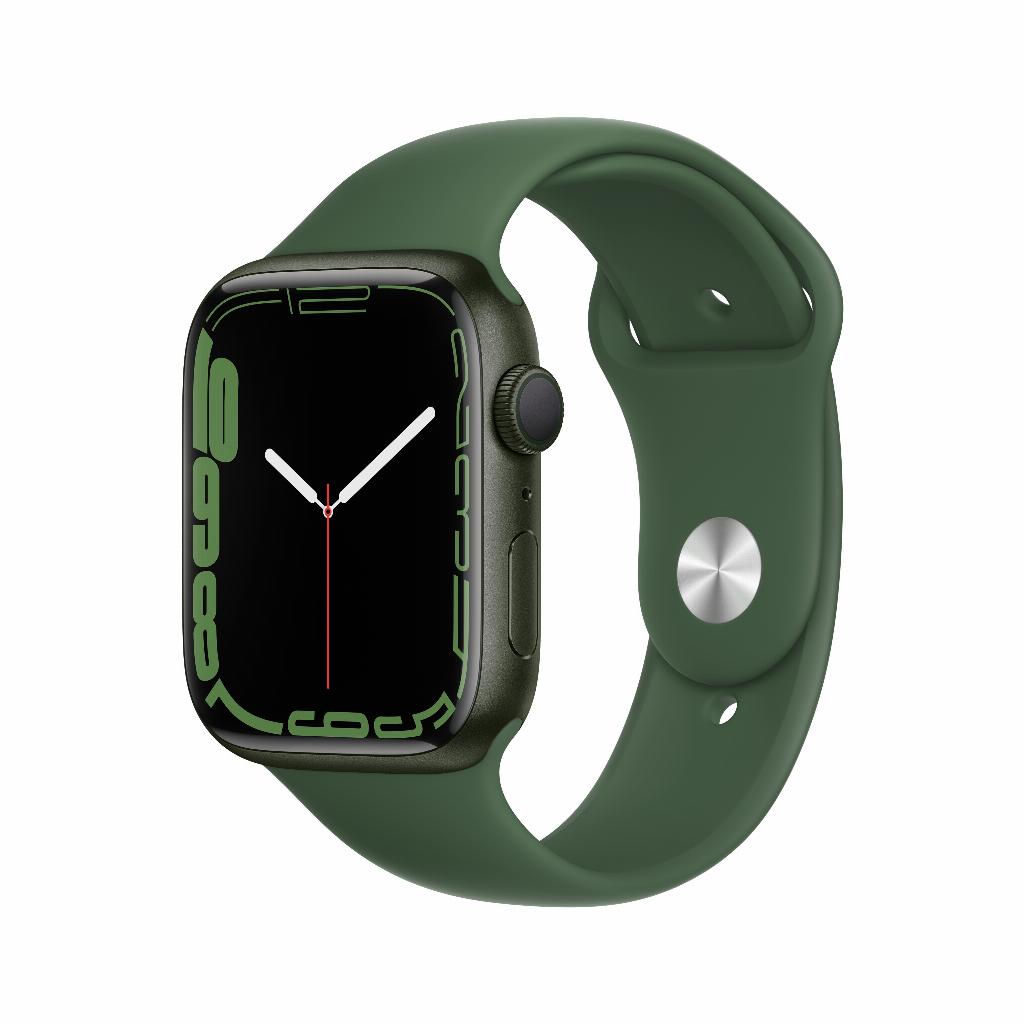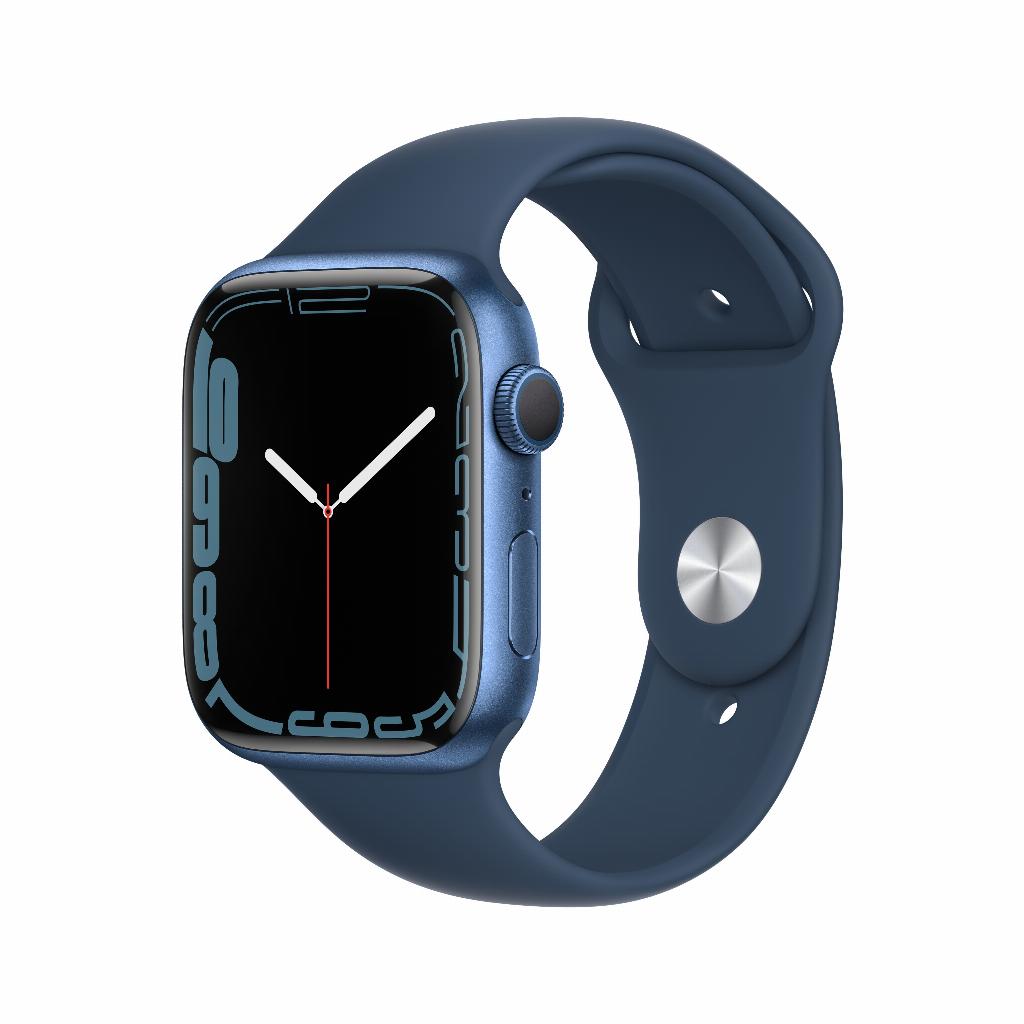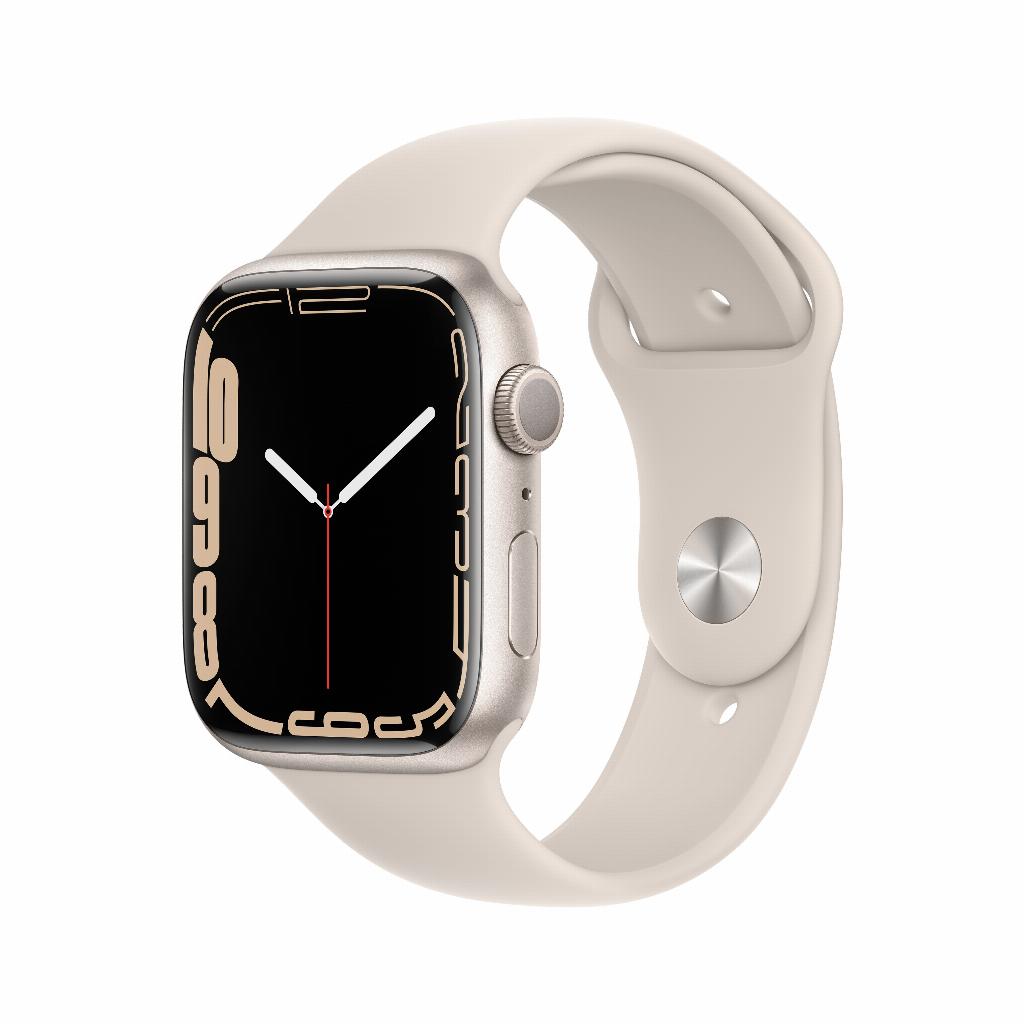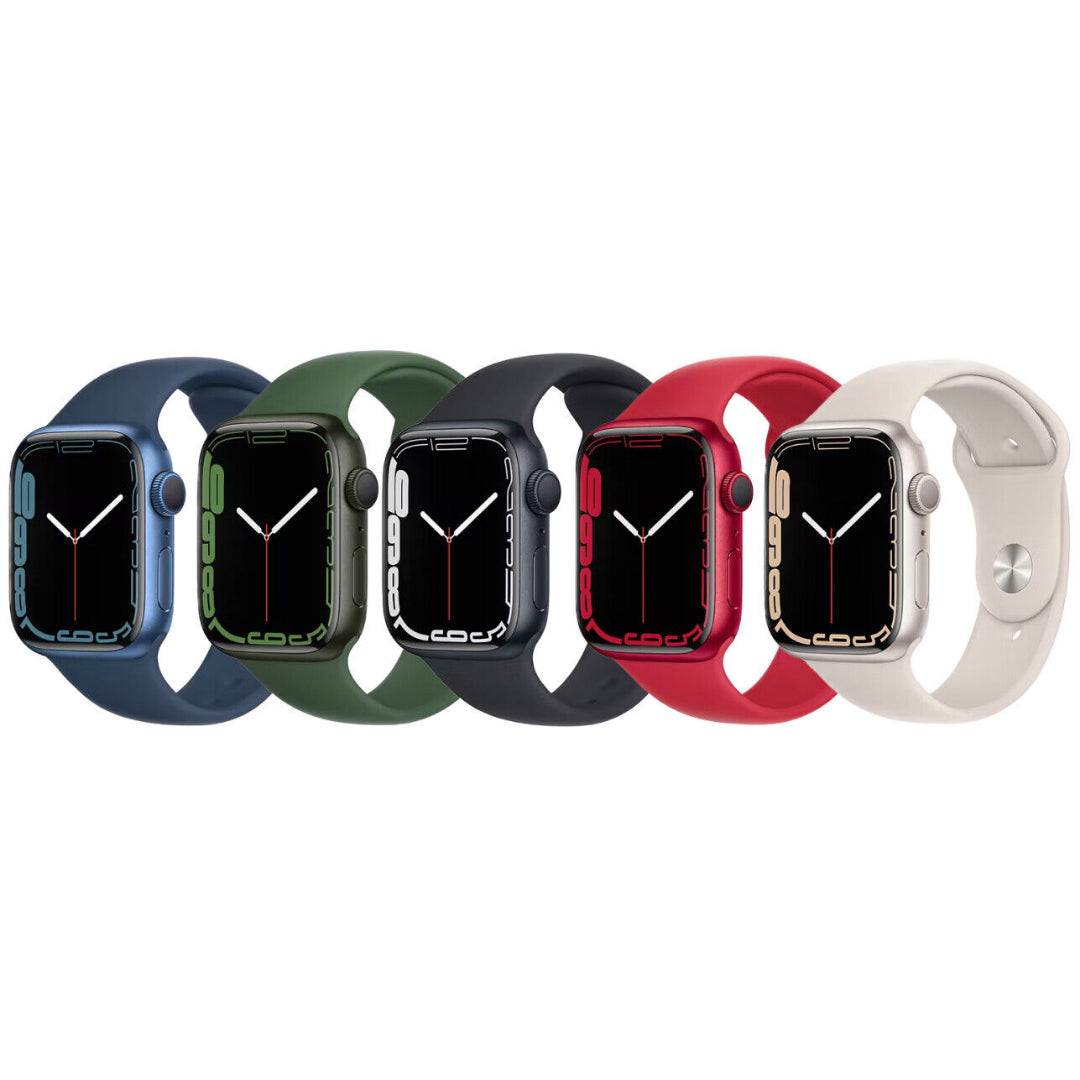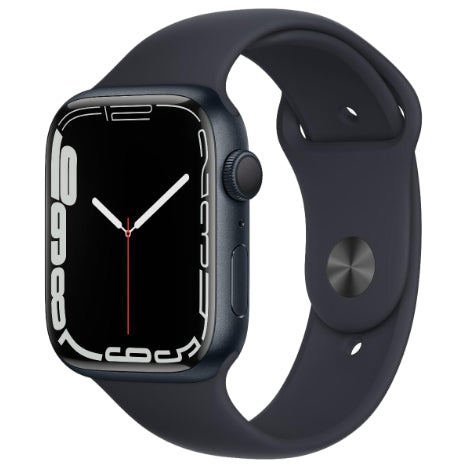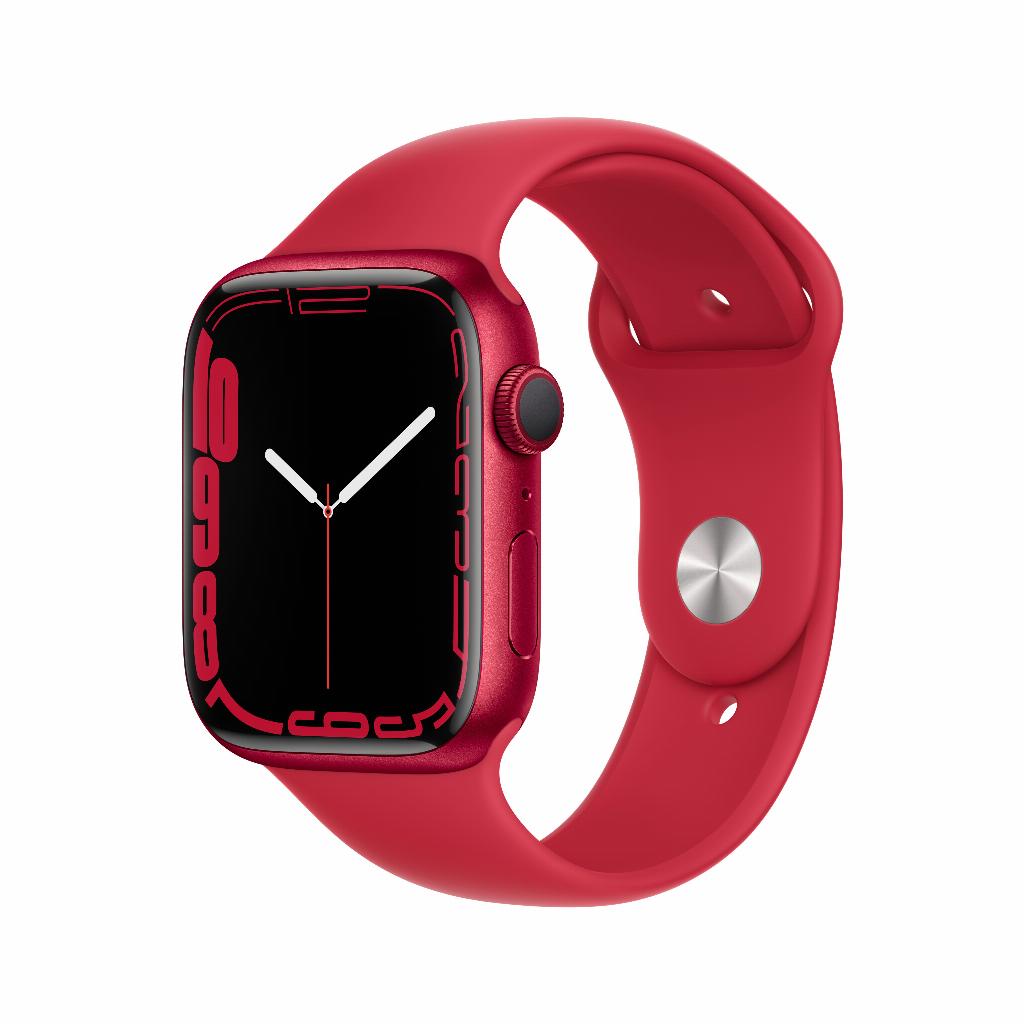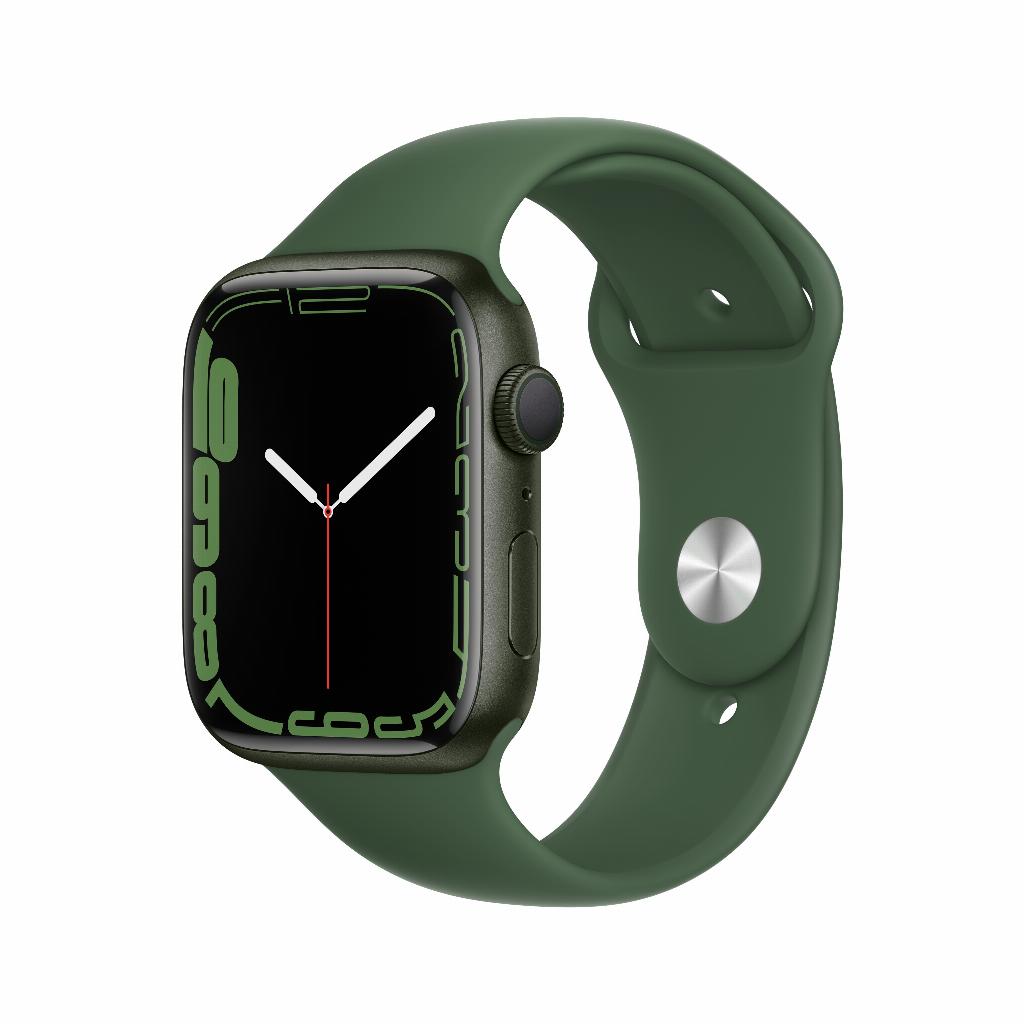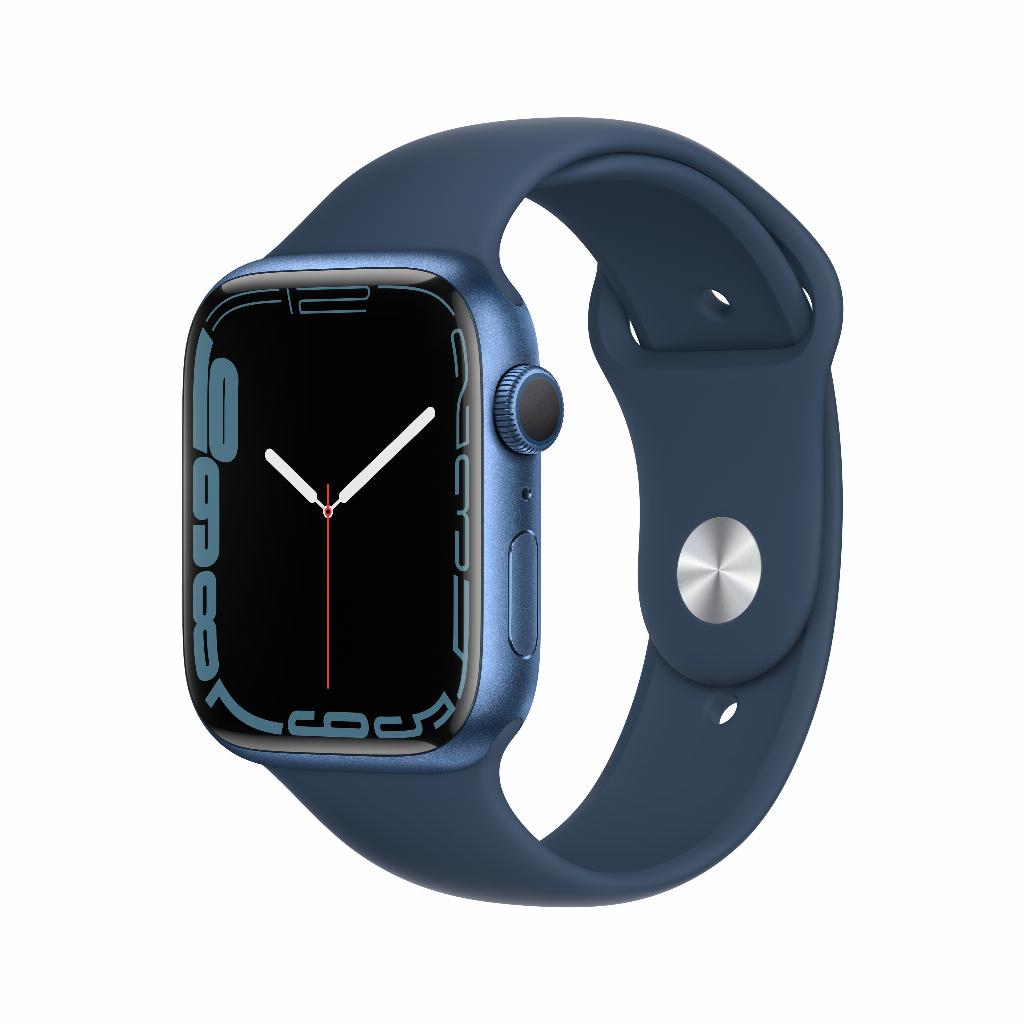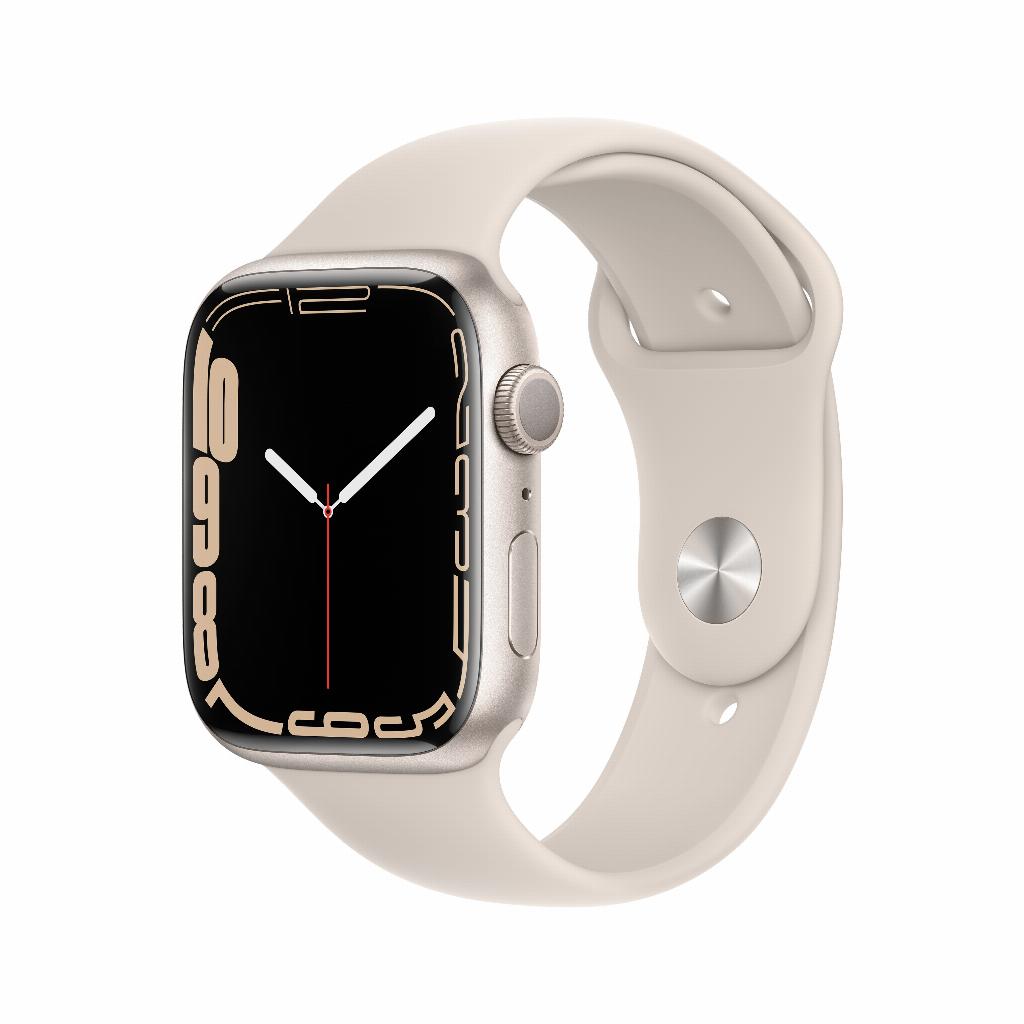Apple Watch 9: Faster, but is it enough?
The Apple Watch 9. Twice as fast. 5.6 billion transistors. Machine learning that analyzes your heart rate before you even realize you're stressed. Sounds impressive. Tech blogs are full of it, and Apple is promising the world again. But here's the thing: that revolutionary chip makes the Watch 9 especially better at things you probably never use . While for the same price, you can score a refurbished Series 8 with a set of AirPods and the accessories you really need. Because that's what no one tells you: you only notice the difference between "fast" and "twice as fast" if you know what to look for. And most users? They charge their watch at night and check their messages during the day. Period.
Useful links
The new chip under the microscope
The S9 chip in the new Apple Watch boasts 5.6 billion transistors. That sounds impressive, but what does it mean for everyday use? The dual-core processor is indeed twice as fast as its predecessor. Machine learning tasks run more smoothly thanks to the four cores in the Neural Engine, double the number compared to the S8.
In practice, this means Siri responds faster and health measurements are processed more directly. The device can now analyze heart rate variability and stress levels in real time. Apps open a fraction of a second faster. But here's the thing: the Series 8 already performed this perfectly. For most users, the difference will be barely noticeable during normal use.
What do you really notice about that speed?
Let's face it: most smartwatch users check messages, check the weather, and track their activity. For these basic functions, the previous generation was more than fast enough. The extra processing power is especially useful for:
- Complex workout analyses with multiple metrics simultaneously
- Using heavy third-party apps
- Advanced health monitoring such as ECGs and oxygen saturation
- Voice-to-text conversions in noisy environments
If you don't use these features intensively, you're essentially paying for potential you'll never use. It's like buying a sports car just to drive around town.
Comparison with the Series 8
The differences between the two models are subtle. Both have:
- Always-on display
- Water resistance up to 50 meters
- Temperature sensor
- Crash detection
- Battery life of approximately 18 hours
The Series 9 adds some refinements to this:
- Brighter screen (2000 nits vs. 1000 nits)
- On-device Siri for basic commands
- Find precision for iPhone 15 models
- Double-tap gesture with index finger and thumb
That new double-tap gesture sounds futuristic, but in practice, you mainly use it to stop a timer while cooking. Handy? Definitely. Revolutionary? Hardly.
Practical considerations
Battery life remains the weak point. Despite the more efficient chip, the watch still only lasts 18 hours with normal use. Those who exercise intensively or use a lot of apps will have to recharge halfway through the day. The new processor doesn't solve this problem.
The brighter screen is a real improvement. In bright sunlight, everything remains perfectly readable without having to twist your wrist or cast a shadow with your hand. This is a welcome upgrade for outdoor enthusiasts and beachgoers.
On-device Siri means basic functions like timers and reminders work without an iPhone connection. Handy for running without a phone. But for more complex queries, you still need an internet connection.
Considering refurbished alternatives
A refurbished Series 8 costs considerably less than a new Series 9. The price difference can be several hundred euros. For that price, you can, for example:
- Purchase additional straps
- Buy a wireless charger for on the go
- Add AirPods to your setup
- Keep the difference in your pocket
Refurbished doesn't mean second-rate. These watches have been professionally inspected, cleaned, and repaired where necessary. They come with a warranty and often look like new. The only difference is the packaging and, of course, the price.
Who benefits from the upgrade?
The Series 9 is especially interesting for:
- Users with a Series 5 or older
- Fanatical athletes who use all health features
- Tech enthusiasts who want the latest
- People who often work or exercise in bright sunlight
Coming from a Series 7 or 8? Then the upgrade is hard to justify. The improvements are marginal, and the cost is substantial. Your current model will continue to receive software updates for years to come and will remain perfectly functional.
Sustainability and environment
Apple touts its environmental goals extensively, but the most sustainable choice remains using what you already have. Replacing a perfectly functioning Series 8 with a Series 9 creates unnecessary electronic waste.
If you do opt for a new model, consider refurbished. This gives existing products a second life and reduces the demand for new production. Plus, you'll save money that you can spend on accessories that actually enhance your experience.
Conclusion without hype
The Apple Watch Series 9 is undeniably the best smartwatch Apple has ever made. But "the best" doesn't automatically mean you need it. For everyday use, a Series 8 offers virtually the same experience at a lower price.
The new chip is technically impressive, but its practical benefits are limited. Unless you have a specific need for the brighter screen or the on-device Siri features, you're better off choosing a refurbished alternative . This way, you get premium technology without the premium price tag.
Conclusion: Sometimes good enough is perfect
The Apple Watch 9 is undoubtedly faster and smarter than its predecessors, but for most users, the difference remains invisible in everyday life . That revolutionary chip doesn't solve any fundamental problems—the battery still only lasts a day, and you still check the same messages. A refurbished Series 8 does the same job for less. Sometimes, "good enough" is simply perfect, especially when you can invest the price difference in more useful things.


